You’re a contemporary person who yawns at age old stereotypes. But you still value traditional wisdom that you grew up with, questioned and chose to continue believing in. It’s part of who you are and who you want to be.
Going back to the roots is just like sifting through an old photo album. You sit back and a journey begins. It’s a reminiscence that fills you with a warm, fuzzy feeling in your gut. Watching yourself and others through the years you realise what mattered then, what you’ve carried with you and gems you left behind along the way.
In a world that craves constant change, there’s a lot of room for choices. When was the last time we stopped to wonder if our bottle gives us the best that water has to offer? When did we trade chikkis for protein bars? Ghee has become an international sensation as a super food, but canisters of both have been passed around the table for generations in our country.
Oil pulling, which is swishing coconut oil in your mouth for better digestion and glowing skin may have become a rage in wellness. But it hails from the wise pages of Ayurveda. Nachni, jowar and bajra were gluten-free before its time.
Let’s take a peek into culture’s open diary. It’s a kaleidoscope of childhood memories filled with many other such throwbacks.
The tales of terracotta and copper
Legend says that when Earth saw terracotta, it knew its legacy. Coming from the Earth and going back into it, terracotta maintains the alkaline balance in your body. Not only does the good ol’ matka quench your thirst, its porosity keeps the water cool. Copper is another element from the Earth and jugs made of it are favourites in Ayurveda. It charges water positively and keeps the alkaline balance as easily as terracotta.
When glass ruled the shelves!
Every Indian home has seen a glass jar full of pickle at least once. The beauty about glass is that it’s natural and doesn’t interfere with anything it stores. It’s easy to clean: all it needs is just requires a timely bathing ritual. It’s making a comeback slowly, with people holding onto any glass bottle they get to store water, without the fear of slippery hands.
And cooking involved food-safety, naturally.
Non-stick pans made their way into our lives in the 70s. More and more people are waking up to smell the perfluorooctanoic acid that they release into your food. Cast iron is making a comeback into our lives after living under the shadow for a while. It doesn’t add uncalled for chemicals to your food. In fact your blood will thank you for the increased iron levels. Our food safety blog touches upon more points to get the best from what you eat.
Serving guests was an art that came easy.
Much like in different culinary cultures around the world, the dining experience is very important in India. ‘Atithi Devo Bhava’ which means, ‘Guest is like God’ is something that we heartily believe in. The composition of food in the plate, the heartwarming nudge to offer some more, and the special ceramic cutlery that meets the light on such occasions amounts for the entire dining experience. It’s our rudimentary culture to provide a wholesome experience of joy even in the simplest of things.
What tasted good, also did good.
There’s a world of wisdom behind each one of the Indian food combos. Nothing nourishes and provides taste like our steamed rice, dals, subzi, achaars and papad. Rice and dal make the perfect couple: rice brings the necessary fibre to cleanse the system and dal comes home with the protein that our body craves. Papad eases along our digestion. While the world is waking up to the importance of probiotics, culture has been giving us the most irresistible ones there are: achaar and dahi.
The way back to organic
Eating freshly plucked foods is the closest one can get to our true human selves. The Farmer’s Market movement has begun with a bang. People are moving towards buying vegetables that are organic and seasonal at the same time, that goes for fruit too. And with a bit of work, you can convert those ripe tomatoes into sauce, the fruits into fresh preserves and vegetables into pickles and so on.










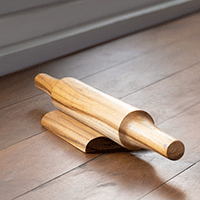


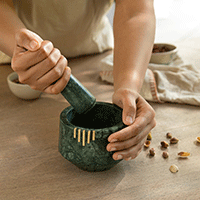



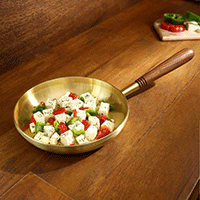














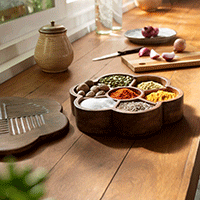






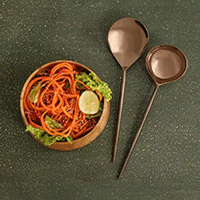







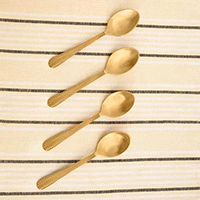

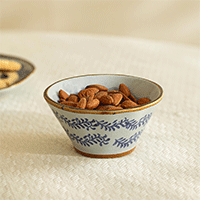


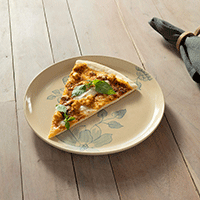





























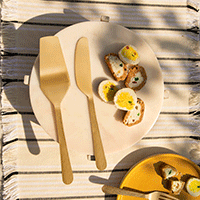
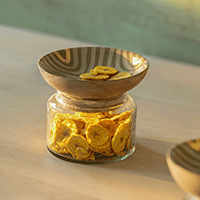






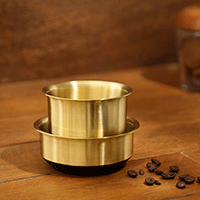




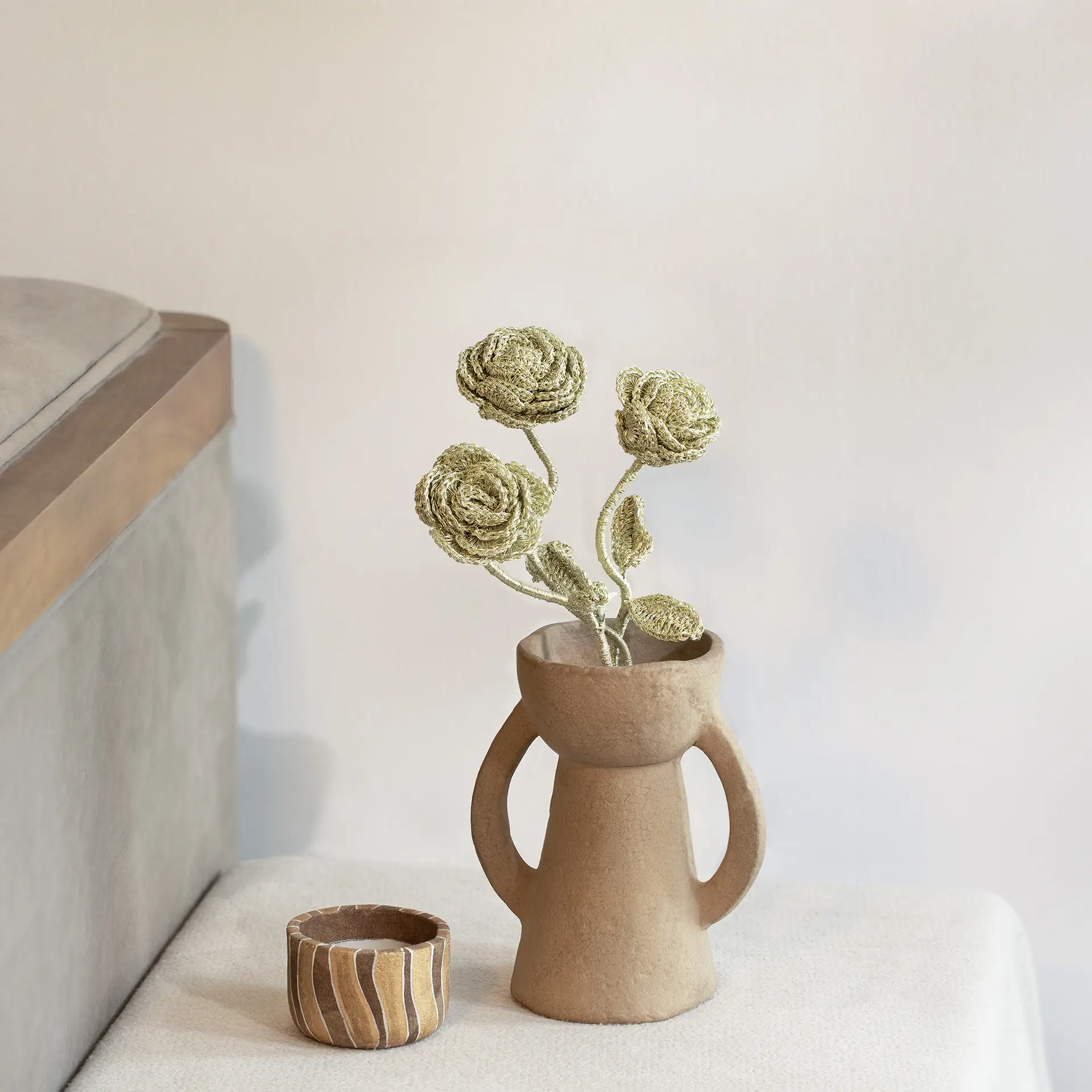







































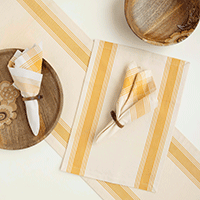





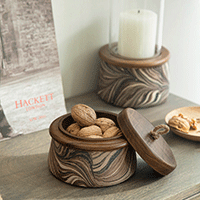




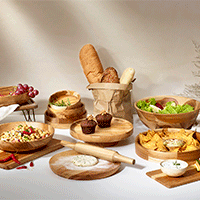
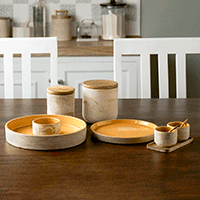

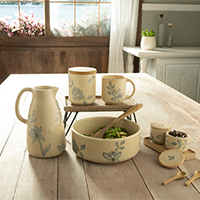




















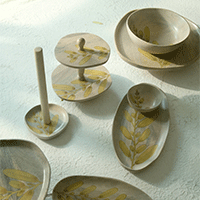

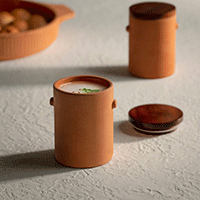



















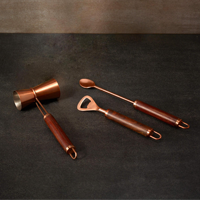



















 easy returns
easy returns safe & secure
safe & secure hand crafted
hand crafted
